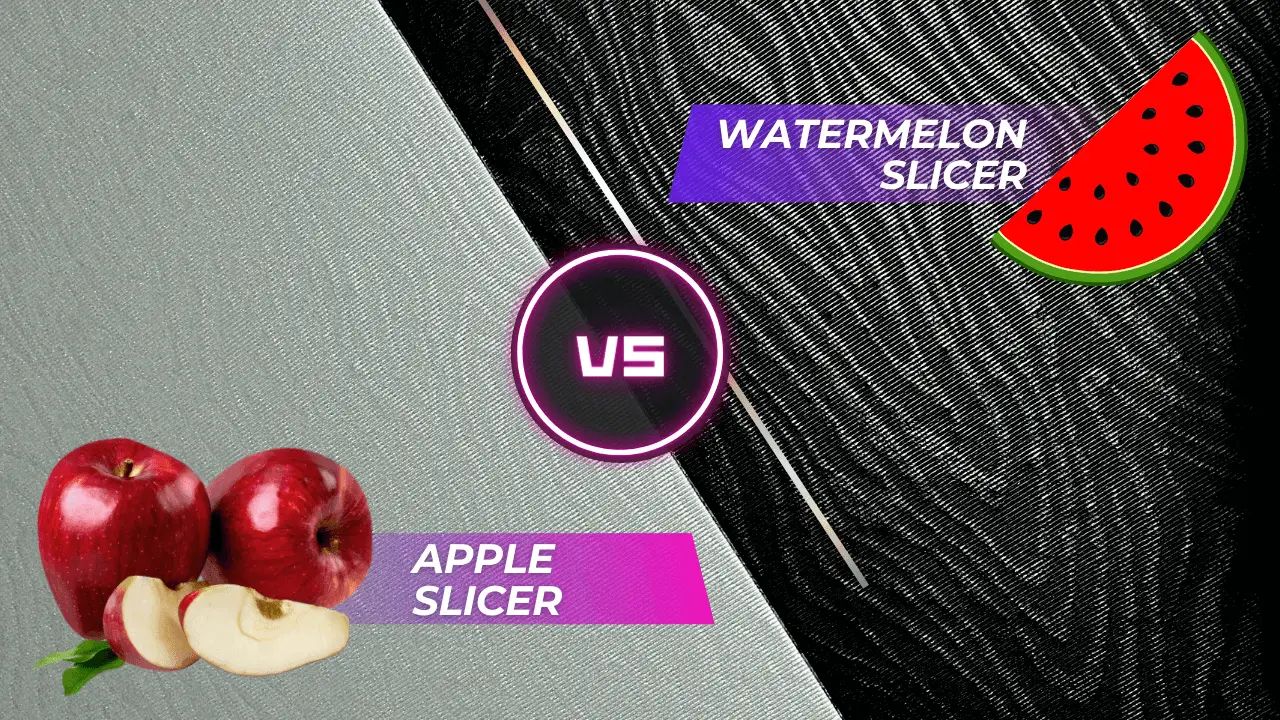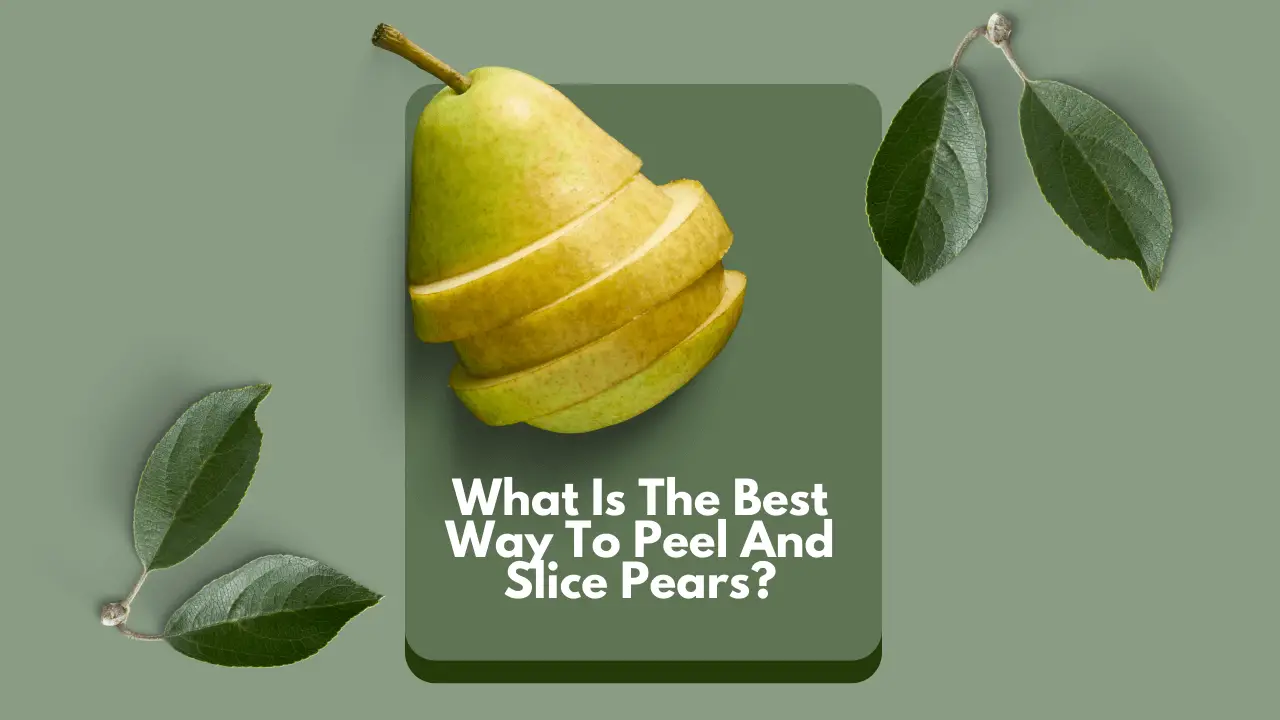When it comes to cutting oranges, there are three easy techniques you can use to achieve perfectly cut slices: wedges, wheels, and segments. Each method offers a different shape and presentation for your oranges. Wedges are great for snacks, wheels work well as garnishes for drinks, and segments are convenient for use in salads. By following simple instructions and using a sharp knife, you can quickly and easily cut oranges into these different shapes, enhancing their visual appeal and making them more enjoyable to eat or use in recipes.
Let’s explore three easy techniques for cutting oranges: wedges, wheels, and segments and step-by-step instructions on peeling an orange, storing it, selecting the best ones, and discussing the nutritional benefits of this refreshing fruit.
What is an Orange?

Orange is a popular citrus fruit known for its vibrant orange color, sweet and tangy flavor, and refreshing juice. It belongs to the Rutaceae family and is scientifically classified as Citrus sinensis. Oranges are round or oval, with a leathery and slightly dimpled peel that is usually bright orange. The fruit is divided into segments filled with juicy pulp and is rich in vitamin C, dietary fiber, and various other nutrients. Oranges are enjoyed as a snack, used in cooking and baking, and juiced for beverages. They are widely cultivated in many regions around the world and are beloved for their refreshing taste and nutritional benefits.
The Tools You Need to Cut an Orange
To achieve precise and effortless orange slicing, it’s important to have the right tools at your disposal. Here’s what you’ll need:
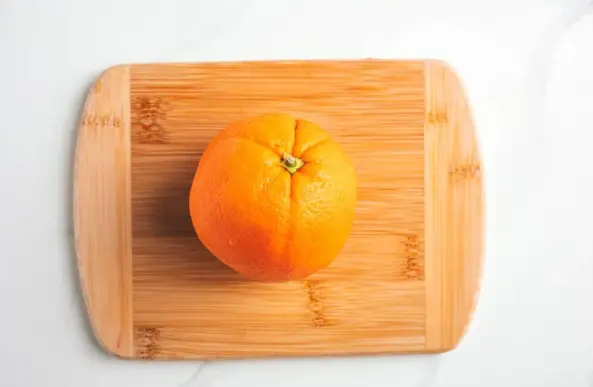
Cutting Board:
-
- Opt for a cutting board specifically designated for fruits to avoid cross-contamination of flavors.
- Wood cutting boards work well, providing a sturdy surface. However, be cautious if it has been used to cut strong-smelling foods like onions or garlic, as it may affect the orange’s flavor.
- Plastic cutting boards are a reliable alternative. They are scent-free, easy to clean, and dishwasher-safe.
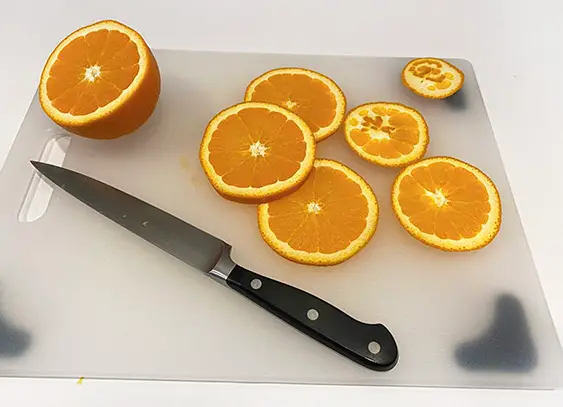
Knife:
-
- A chef’s knife is the ideal tool for cutting oranges. It’s long blade and sturdy handle allow for confident slicing, peeling, and cutting.
- If you prefer a smaller knife, such as a paring knife, it can also be used effectively for the task. Paring knives are particularly useful for removing segments with precision.
Understanding the Anatomy of an Orange
To truly master the art of cutting an orange, it’s essential to understand its anatomy and the distinct parts that influence how it should be prepared. Let’s delve deeper into the various components of an orange:
The Rind:
-
- The rind refers to the outer layer of the orange, which is edible but not always considered appetizing.
- The exocarp is the thin, orange-colored outer layer of the rind. It carries a vibrant citrus aroma and can be grated to add a burst of fruity and zesty flavor to your dishes.
- However, beneath the exocarp lies the mesocarp, a thicker and bitter layer. It should be avoided in recipes as it can impart an undesirable taste to the dish.
- While most cutting techniques remove the rind entirely, you may choose to grate the exocarp first before peeling off the rest of the rind, allowing you to capture its delightful essence.
The Segments:
-
- An orange is composed of multiple juicy segments that are separated by white membranes, also known as walls.
- These segments contain delicious pulp and orange juice, which are the parts you want to savor and enjoy.
- The white membrane, while edible, can introduce a slight bitterness to the taste of the orange. To enhance the flavor of the segments, it’s recommended to remove this membrane.
- When cutting the orange into segments, the goal is to cleanly extract the segments while leaving behind the membranes, resulting in a sweeter and more enjoyable eating experience.
The Seeds:
-
- Most varieties of oranges contain seeds, which should be completely removed.
- While the seeds are typically concentrated in the central area of the orange, they can sometimes be found closer to the rind.
- It’s crucial to remove all the seeds before consuming or using the orange in recipes, as they can impart an earthy and bitter flavor.
Preparing an Orange Before Cutting
Before embarking on the various cutting techniques, it’s crucial to properly prepare the orange by peeling it. Here are two effective methods for peeling an orange:
Hand-Peeling an Orange: Hand-peeling is the easiest and quickest method, perfect for enjoying a juicy orange on the go. However, it may leave behind some strands of pith. Follow these steps for hand-peeling an orange:
- Hold the orange firmly in one hand, ensuring a secure grip.
- Using your thumb, dig it into either the top or base of the orange, near the stem or blossom end.
- Pinch a piece of the rind between your thumb and fingers and begin to pull it away from the segments.
- Continue pulling the rind away from the orange, working your way around the fruit until all the rind is removed.
- While this method is quick and convenient, be aware that some strands of the white pith may remain attached to the orange segments.
Peeling an Orange with a Knife: Peeling an orange with a knife is an ideal method when you want clean, pith-free segments or when creating decorative garnishes. This technique ensures a clean orange flavor without any bitter pith. Follow these steps to peel an orange with a knife:
- Using a sharp knife, cut off a small piece from both the top and bottom of the orange. This will expose the flesh inside.
- Place the orange on a cutting board, ensuring the cut side is facing down for stability.
- With the knife blade parallel to the cutting board, slice the rind off the orange, following the curve of the fruit.
- Rotate the orange as needed, continuing to slice the rind off in sections until the entire orange is peeled.
- Once the peel is removed, the orange is ready for further cutting techniques, such as segmenting or creating garnishes.
Wedging an Orange:
Step-by-Step Guide to Wedging an Orange:
Firmly hold the orange on a cutting board to ensure a secure grip.
-
- Place the orange on a stable surface, such as a cutting board, and position your hand firmly over the top of the fruit. This will provide stability and prevent any accidents while cutting.
Using a sharp knife, cut the orange in half, starting from the stem end to the blossom end.
-
- Choose a sharp knife, preferably a chef’s knife or a serrated knife, for easy and clean cuts. Align the knife’s blade at the top of the orange, where the stem was attached, and gently slice downward, applying even pressure. Continue cutting until you reach the bottom of the orange.
Place the two orange halves with the skin side up on the cutting board.
-
- After cutting the orange in half, position each half with the skin side facing up. This will allow you to easily access the juicy segments while cutting the wedges.
Angle the knife towards the center of the orange and cut each half into three equal wedges.
-
- Hold the knife at a slight angle, aiming toward the center of the orange. Begin cutting from the outer edge towards the center, creating triangular-shaped wedges. Repeat the process for the other half of the orange.
- Pro tip: If you desire more wedges, make smaller cuts by dividing each half into three angled slices instead of two. This will result in additional wedges to enjoy!
Cutting Orange Wheels:
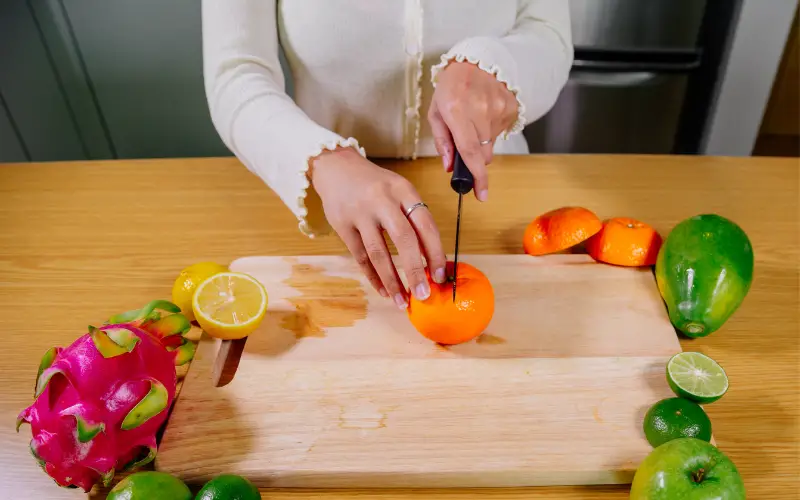
Step-by-Step Guide to Cutting Orange Wheels:
Position the orange on a cutting board with the two ends facing outwards. Secure it with your fingers.
-
- Place the orange on a stable cutting board, ensuring that the ends are facing away from you. Hold the orange firmly with your fingers to prevent it from slipping while cutting.
Use a sharp knife to cut off the top and bottom ends, exposing the inside of the orange on both sides.
-
- Take a sharp knife, such as a chef’s knife or a serrated knife, and carefully slice off the top and bottom ends of the orange. Cut enough so that the juicy interior of the orange is exposed on both sides.
Slice off the first wheel from one of the exposed ends, allowing it to fall onto the cutting board.
-
- Choose one of the exposed ends of the orange and position the knife just slightly below it. Make a straight cut, applying gentle and even pressure, and let the first wheel of the orange fall onto the cutting board.
Continue slicing the orange from one end to the other, aiming for consistent thickness with each wheel.
-
- Working from one end of the orange to the other, continue making parallel cuts to create orange wheels. Aim for uniform thickness to ensure a visually appealing presentation.
- Important: Avoid applying excessive pressure while cutting to maintain the shape and integrity of the orange wheels. Gentle, controlled cuts will yield the best results.
Segmenting an Orange:
Step-by-Step Guide to Segmenting an Orange:
Use a sharp paring knife to cut off both ends of the orange, ensuring the fruit is exposed on both sides.
-
- Select a sharp paring knife for precise and clean cuts. Slice off both ends of the orange, making sure to remove enough to expose the juicy interior on both sides.
Place the orange on the cutting board with one exposed end facing downwards and the other facing upwards.
-
- Position the orange on a stable cutting board, ensuring one of the exposed ends is facing downwards. This will provide stability and make it easier to handle while segmenting.
Starting from the upward-facing end, use the paring knife to cut along the curve of the orange, removing the peel.
-
- Begin at the end of the orange that is facing upwards. Insert the paring knife just under the peel, following the curve of the orange from top to bottom. Continue cutting, gradually removing the peel as you go.
Hold the peeled orange in one hand over a bowl while using the knife to cut the orange into segments, following the membrane as a guide.
-
- With the peeled orange in one hand, hold it over a bowl to catch any juice. Take the paring knife in your other hand and carefully cut along the membrane of each segment, starting from the top and moving toward the bottom.
- Follow the natural divisions created by the membrane to guide your cuts, separating the orange into individual segments.
Remember to discard the membrane and remove any seeds attached to the segments.
-
-
- As you cut the segments, discard the membrane that separates them. Inspect each segment for any seeds and remove them using the knife or your fingers.
-
Storing Oranges: Keep Them Fresh and Flavorful

To ensure your oranges stay fresh and flavorful for longer, follow these storage tips:
Room Temperature Storage
Oranges can be stored at room temperature, which helps enhance their juiciness. Here’s how:
- Keep oranges in a cool, dry place away from direct sunlight.
- Store them in a fruit bowl or on the countertop, allowing air to circulate them.
- This method is suitable if you plan to consume the oranges within 7 days.
Refrigerator Storage
If you prefer chilled oranges or want to extend their shelf life, refrigeration is the way to go. Follow these steps:
- Place oranges in the refrigerator, preferably in the produce drawer.
- Ensure the oranges are dry before storing them to prevent moisture buildup.
- Stored properly, oranges can remain fresh in the fridge for up to 3 weeks.
Freezer Storage
If you have an abundance of oranges or want to preserve them for future use, freezing is an excellent option. Here’s how to do it:
Prepare the oranges:
-
- Remove the pith (the white part) by cutting it off with a sharp knife.
- Quarter the oranges by cutting them into four equal pieces.
Freezing the oranges:
-
- Place the prepared orange quarters in a freezer-safe bag or airtight container.
- Ensure there is minimal air trapped inside the container to prevent freezer burn.
- Label the container with the date for easy reference.
Freezer storage duration:
-
- Frozen oranges can be stored for up to 6 months without significant loss of quality.
- After this period, they may still be safe to eat, but the texture and flavor might deteriorate.
Storing Cut Orange Slices
If you’ve already cut your oranges into slices and want to store them for a short period, follow these guidelines:
- Place the cut orange slices in an airtight container.
- Ensure the container is clean and free from moisture.
- Store the container in the refrigerator.
- Consuming the slices within 2 days will help maintain their freshness and flavor.
How to Pick Perfect Oranges
When selecting oranges at the store, consider the following factors to choose the best ones:
1. Weight: Pick oranges that feel heavy for their size, as this indicates juiciness.
2. Peel: Examine the peel for the following characteristics:
- Look for oranges with a uniform orange color, indicating ripeness.
- Avoid oranges with soft spots, dark marks, or mold on the peel.
- Steer clear of overly spongy peels, as they may indicate poor quality.
Nutritional Benefits of Oranges: Boost Your Health
When you indulge in the delightful taste of oranges, you not only satisfy your taste buds but also reap numerous health benefits. Let’s explore the nutritional advantages that make oranges a powerhouse of goodness:
Water-Rich: Stay Hydrated and Satisfied
Oranges are an excellent snack choice because they are packed with water. Each orange contains approximately 3 ounces of water, making it a hydrating option. Here’s why it matters:
- The water content in oranges helps keep you fuller between meals, reducing the temptation to snack unnecessarily.
- It contributes to your daily hydration needs, ensuring your body stays well-hydrated.
Fiber: Support Digestion and Blood Sugar Regulation
Oranges are a great source of dietary fiber, with approximately 3 grams of fiber in a medium-sized orange. The fiber content offers several benefits:
- Aid in digestion: Fiber promotes regular bowel movements and helps prevent constipation, keeping your digestive system healthy.
- Blood sugar regulation: The fiber in oranges slows down the absorption of sugar into the bloodstream, preventing rapid spikes in blood sugar levels after a meal. This is particularly beneficial for individuals with diabetes or those looking to manage their blood sugar levels.
Vitamin C: Boost Immunity and Collagen Production
Oranges are renowned for their high vitamin C content, providing around 130% of the daily value of a medium-sized orange. Here’s why vitamin C is so important:
- Immune system support: Vitamin C is a powerful antioxidant that helps strengthen your immune system, making it more resilient to infections and diseases.
- Reduce inflammation: Vitamin C has anti-inflammatory properties that can help alleviate symptoms of inflammation in the body.
- Collagen Production: Vitamin C plays a vital role in the production of collagen, a protein that supports the health and integrity of your skin, joints, and connective tissues.
Potassium & Folate: Nourish Your Heart and Brain
Oranges also contain essential minerals such as potassium and folate, which offer specific health benefits:
- Potassium: Oranges are a good source of potassium, a mineral necessary for optimal heart function. Potassium helps regulate blood pressure, supports proper muscle function, and maintains a healthy balance of fluids in the body.
- Folate: Oranges provide a natural source of folate, which is crucial for brain and nervous system health. Folate plays a role in the production of red blood cells and supports DNA synthesis and repair.
FAQ: Frequently Asked Questions
Why are my oranges hard to peel?
Oranges may be hard to peel due to factors like the variety of oranges, the ripeness of the fruit, or improper storage conditions.
Are orange peels edible?
Orange peels are edible but are not always appetizing. The outer exocarp can be grated for flavor, but the bitter mesocarp underneath should be avoided.
What is the easiest way to peel an orange?
The easiest way to peel an orange is by hand-peeling. However, if you want a clean orange flavor, peeling with a knife is recommended.
How do you peel an orange without a knife?
You can peel an orange without a knife by using your hands. Dig your thumb into the top or base of the orange, pinch a piece of rind, and pull it away from the segments.
Is there a slicer that will divide an orange into individual slices?
Yes, there are slicers available that can divide oranges into individual slices. These slicers make it easier to create uniformly sized pieces for snacks or garnishes.
What is the best brand of knife to cut an orange?
There are many reputable knife brands available, and personal preference plays a significant role in choosing the best knife for cutting oranges. Some popular brands include Wusthof, Zwilling J.A. Henckels, and Victorinox.
Conclusion:
With these three simple techniques for cutting oranges—wedges, wheels, and segments—you can elevate your snacking, cooking, and salad preparation. By understanding the anatomy of orange and properly peeling it, you ensure the best results. Remember to store oranges appropriately, choose the best ones at the store, and enjoy the numerous nutritional benefits they offer. Happy slicing!
Key Points:
- Oranges can be cut into wedges, wheels, or segments.
- Properly peel the orange before cutting to achieve the desired taste and appearance.
- Store oranges at room temperature or in the fridge, depending on your preference.
- Choose oranges that feel heavy and have uniform orange-colored peels.
- Oranges provide hydration, fiber, vitamin C, potassium, and folate.
- Experiment with different cutting methods to suit your snacking and cooking needs.
References And Citations:
Here are some relevant external links related to oranges, along with the corresponding anchor text from the article:
- Health Benefits of Oranges https://www.webmd.com/diet/health-benefits-mandarin-oranges– “Health benefits of oranges”
- The Power of Vitamin C – “Vitamin C”
- Importance of Dietary Fiber – “fiber”
- Potassium and Heart Health – “potassium”
- Folate for Brain Health https://pubmed.ncbi.nlm.nih.gov/25371067/ – “folate”.

John Hebdon is a food enthusiast, passionate chef, and author of various articles and blog posts related to food and cooking. With a deep love for all things culinary, John’s blog serves as a platform to share his extensive kitchen experiences with a broader audience.
In addition to his culinary expertise, John has a flair for writing and a natural ability to share his passion for food with others. His articles and blog posts are informative, engaging, and packed with practical tips for readers of all skill levels.
As a food enthusiast and writer, John is always on the lookout for new and exciting culinary experiences. Whether it’s trying out a new restaurant, experimenting with a new recipe, or simply sharing a favorite dish with friends and family, John is always eager to explore and share the world of food with others.



